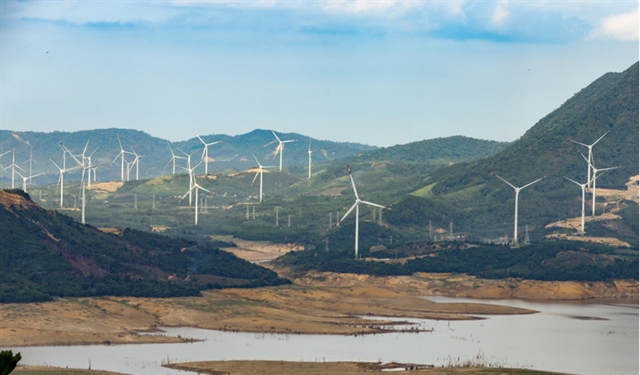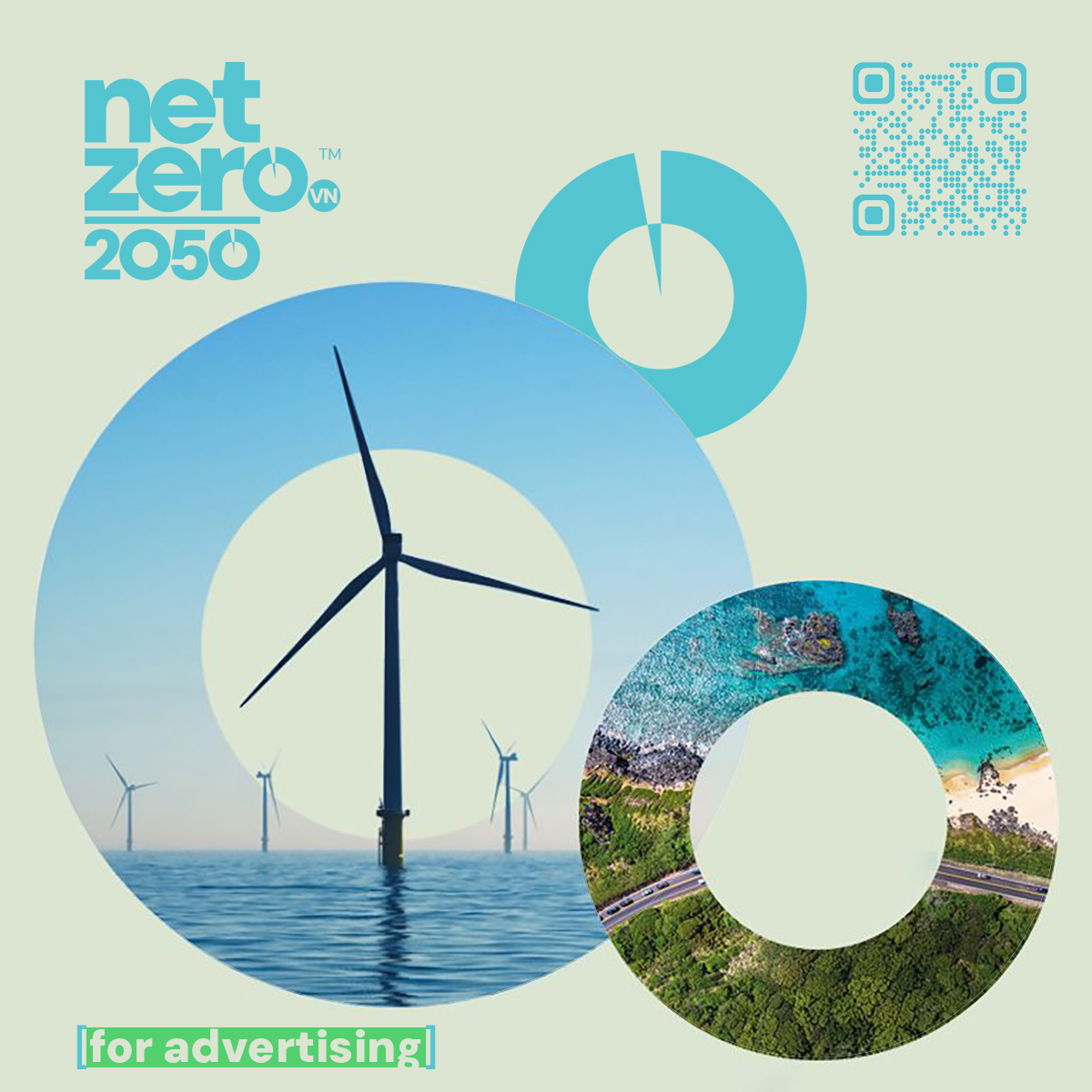
Việt Nam has gone above and beyond in its fight against emissions, preventing around 240 million tonnes of CO₂ equivalent by August, making a sky‑high contribution to global reduction goals and ozone layer protection, according to the Ozone Secretariat.
This was an important achievement reflecting its efforts in implementing the Vienna Convention and the Montreal Protocol while affirming its contribution to global greenhouse gas emission reduction, Deputy Minister of Agriculture and Environment Lê Công Thành said at the workshop “Ozone layer protection activities towards green transition: Promoting intergovernmental and public–private cooperation,” on September 15 in Hà Nội.
In the coming period, Việt Nam aims to cut over 11 million tonnes of CO₂ equivalent from HFC consumption under the National Plan for managing and phasing out ozone‑depleting substances and controlled greenhouse gases for 2024‑2045.
This is a step forward in Việt Nam’s strong commitment to achieving net‑zero emissions by 2050, according to the deputy minister.
In the late 1970s scientists warned of ozone layer depletion and discovered a rapidly expanding hole over Antarctica, mainly caused by chemicals used in air conditioning, refrigeration, foam production, fire extinguishing agents and goods quarantine.
In response, the Vienna Convention for the Protection of the Ozone Layer was adopted in 1985, followed by the 1987 Montreal Protocol — one of the most successful international environmental treaties in history.
Việt Nam officially joined the Vienna Convention, Montreal Protocol in 1994.
Over the past three decades, with support from the international community – particularly the Multilateral Fund, the World Bank, the United Nations Environment Programme and various development partners, Việt Nam has implemented comprehensive measures to control and phase out ozone‑depleting substances such as CFCs, Halon, CTC, HCFCs and Methyl Bromide while managing HFCs according to schedule. according to Thành.
To date, Việt Nam has completely eliminated the consumption of CFCs, Halon and CTC as of January 1, 2010; ended the use of HCFC‑141b in foam production as of January 2015; and only permits methyl bromide for agricultural quarantine purposes. These measures have significantly contributed to ozone layer protection and greenhouse gas reduction.
Ozone layer protection has been institutionalised in the 2020 Law on Environmental Protection and several related legal documents, including Decree 06/2022/NĐ‑CP on greenhouse gas emission reduction and ozone layer protection, Decree 45/2022/NĐ‑CP on administrative penalties in the environmental sector, Circular 01/2022/TT‑BTNMT on climate change response and Circular 20/2023/TT‑BTNMT on national technical standards for the management, collection, recycling and treatment of controlled substances.
Recently, the Government issued Decree 119/2025/NĐ‑CP to improve the legal framework and create favourable conditions for enterprises and stakeholders.
Ozone layer protection activities are also closely linked to other national goals, including integrating emission reduction pathways, supporting implementation of Nationally Determined Contributions (NDCs), promoting technology transition and enhancing refrigerant collection and recycling.
These efforts open opportunities for Việt Nam to participate in the carbon credit market, access international financing mechanisms and mobilise resources for enterprises to innovate technology while promoting sustainable cooling, improving energy efficiency and laying the foundation for a comprehensive green transition.
Speaking at the workshop, Tina Chondraki Birmpili, Executive Secretary of the Multilateral Fund for the Implementation of the Montreal Protocol, said that Việt Nam had been an active participant in this process since 1995.
Through the Multilateral Fund, Việt Nam had received support in building legal frameworks, enhancing technical capacity, transferring technology and training human resources.
To date, the Fund had approved 90 projects for Việt Nam, worth around US$30 million, including key programmes related to the Kigali Amendment on energy efficiency and sustainable cooling technologies, she said.
The workshop also provided an opportunity for leaders of the Ministry of Agriculture and Environment, representatives of the Multilateral Fund, management agencies, international as well as research institutes, universities, experts and enterprises to exchange views on Montreal Protocol implementation in Việt Nam, promote intergovernmental and public–private cooperation in ozone layer protection and develop compliance tools for effective implementation.
(VNS)




